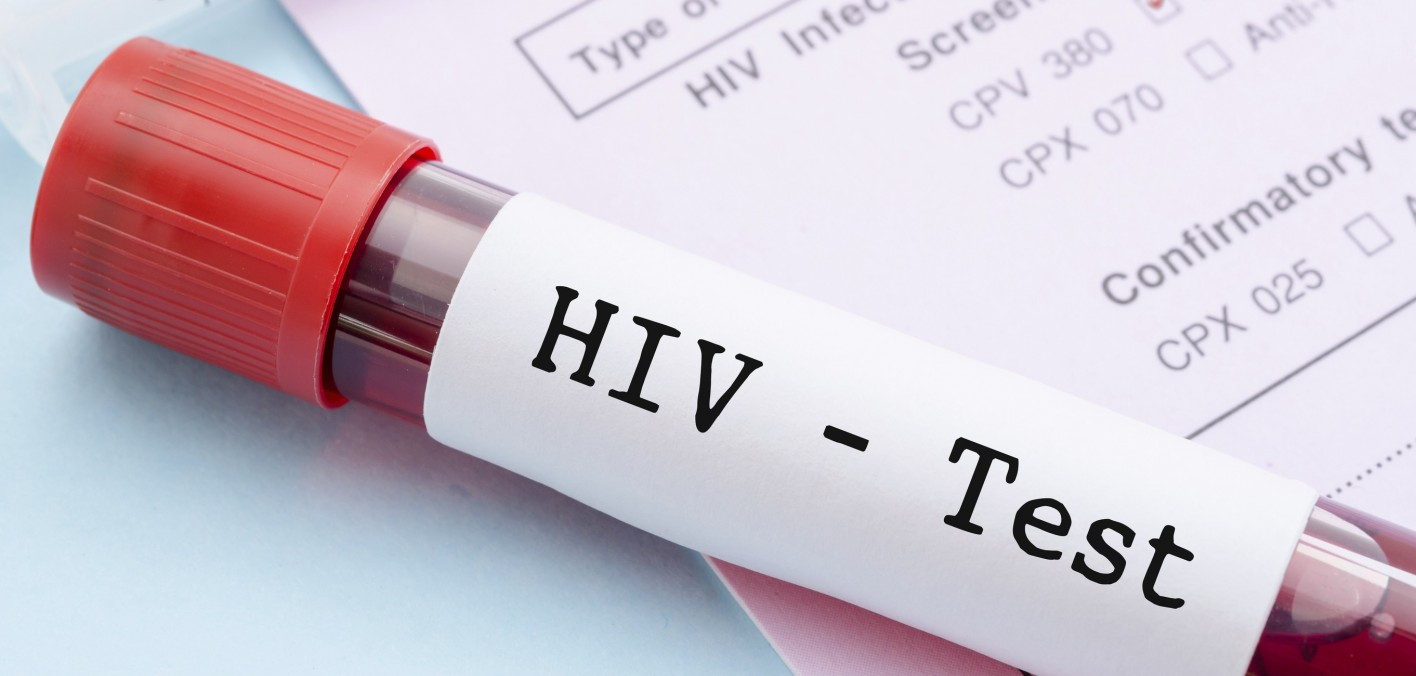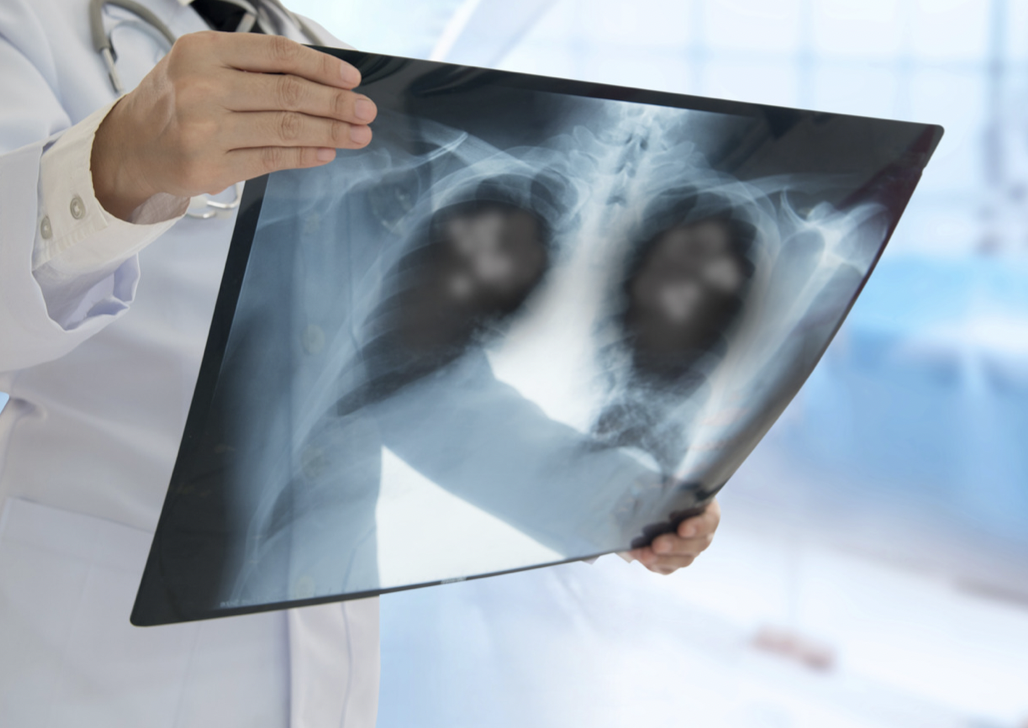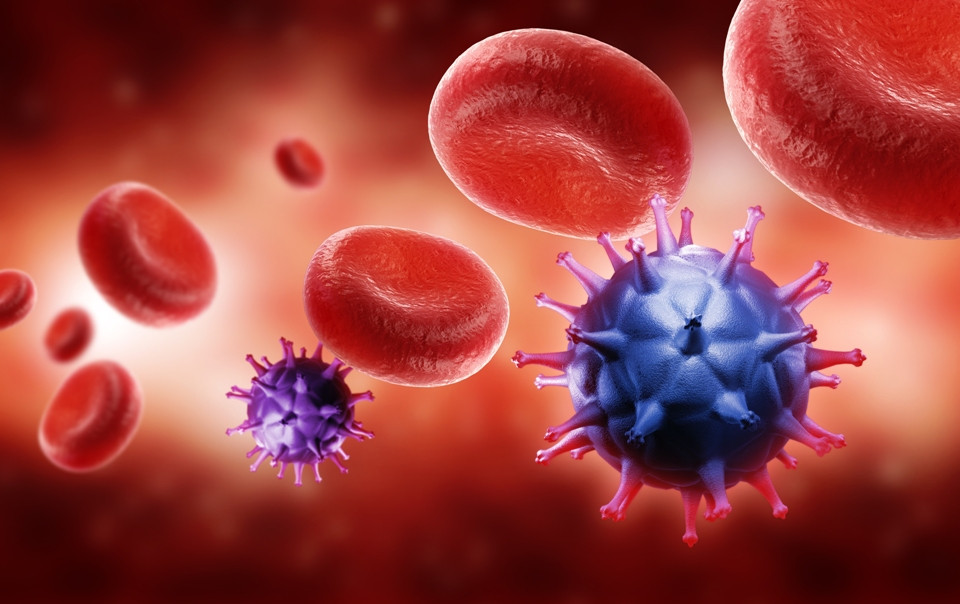Definition
Tuberculosis, often abbreviated as TB, poses a significant health threat, particularly for individuals with HIV/AIDS. Individuals infected with HIV are commonly referred to as PLHIV (People Living with HIV/AIDS). PLHIV are more vulnerable to infections from pathogens or disease-causing germs due to a weakened immune system. This includes susceptibility to the bacterium Mycobacterium tuberculosis (M. tb), which is responsible for causing TB.
TB can be transmitted from one person to another through the air. In someone infected with the bacterium, TB infection can be either active or inactive. Inactive TB is known as latent TB infection, which does not show symptoms. In latent TB, the body can fight the bacteria and prevent them from multiplying. Meanwhile, active TB is known as TB disease.
TB is one of the leading causes of death among PLHIV. Without proper treatment, PLHIV infected with Mycobacterium tuberculosis have a higher risk of death. Therefore, PLHIV with TB must receive treatment as soon as possible to prevent the disease from causing worse complications.
Causes
HIV (Human Immunodeficiency Virus)
HIV, or Human Immunodeficiency Virus, attacks the immune system. If left untreated, individuals can develop AIDS (Acquired Immunodeficiency Syndrome), a condition where the body's CD4 cells, which fight infections, drop to less than 200 cells/mm3.
Bacterium mycobacterium tuberculosis
In the case of TB, the Mycobacterium tuberculosis bacteria are released into the air when someone with active TB coughs or sneezes. This disease can be transmitted through the air. Once inhaled, the bacteria can settle in the lungs. Additionally, these bacteria can spread from the lungs to other parts of the body through the bloodstream or lymph nodes, a condition known as extrapulmonary TB.
TB transmission does not occur as quickly as the flu and requires prolonged and close contact. A person can become infected with TB within weeks after exposure to M. tb bacteria or years later when their immune system weakens. TB patients can transmit TB to people they live with or spend time with daily.
The Relationship Between HIV and TB
HIV causes a weakened immune system, making PLHIV more susceptible to TB infection. This bacterium most commonly infects the lungs, although it can also infect other body parts such as the kidneys, skin, spine, and brain. The exact mechanism by which HIV increases vulnerability to TB is not well understood and requires further research.
It is believed that HIV disrupts the body's immune cells specifically tasked with fighting M. tb. There is a significant reduction in M. tb-specific CD4 cells in HIV patients. Additionally, TB infection can worsen HIV disease, causing PLHIV to progress more rapidly to AIDS. Active TB in PLHIV can accelerate CD4 cell loss, increasing the risk of other infections. HIV replication also increases in the blood.
Risk factor
PLHIV are inherently at higher risk of developing TB compared to non-HIV individuals. PLHIV infected with Mycobacterium tuberculosis are 10 times more likely to develop active TB, especially when their CD4 count is below 200. However, PLHIV can still develop active TB even if their CD4 count is above 500.
HIV also increases the risk of worsening latent tuberculosis infection. Additional risk factors for TB in PLHIV include:
- Age under 5 or over 65
- Alcohol or drug use
- Living with or spending significant time with someone with TB
Symptoms
Symptoms depend on the area of the body infected with M. tb bacteria. TB usually starts in the lungs. In active pulmonary TB, PLHIV may experience the following symptoms:
- Severe cough lasting more than 2 weeks, which may produce phlegm or blood
- Chest pain
- Weakness or fatigue
- Weight loss and loss of appetite
- Fever or chills
- Night sweats
Diagnosis
HIV patients usually find out they are infected with HIV through a blood test. Once you know you have HIV, you should immediately undergo a tuberculin test. This test involves injecting a substance under the skin. Two to three days after the injection, your doctor will assess the injection site. A swelling and redness over 10 cm in diameter indicate TB infection.
Other tests to diagnose active TB include:
- Chest X-ray: This checks for abnormalities in the chest cavity, including the lungs. TB typically shows white spots in the upper lungs.
- Acid-fast bacilli (AFB) smear test: Your doctor will take a sputum sample and examine it under a microscope to detect M. tb bacteria.
- Sputum culture: This test allows bacteria in a sputum sample to grow, then analyzes the bacteria to check for M. tb infection.
- Rapid molecular test (TCM): This test detects M. tb bacteria and checks for resistance to rifampicin, a TB medication.
Even if you test negative for TB, you should undergo regular check-ups, especially if you live or work in environments with potential TB exposure.
Management
TB treatment for PLHIV follows the same principles as for TB patients without HIV. TB treatment is prioritized first, followed by antiretroviral (ARV) therapy for HIV once the patient can tolerate anti-tuberculosis drugs (OAT). ARV is given within 2-8 weeks after initial TB treatment, regardless of CD4 count. However, if the CD4 count is below 50, ARV can be started within the first 2 weeks of OAT. ARV and OAT therapy are usually monitored by a doctor.
First-line OAT for TB treatment includes isoniazid, rifampicin, pyrazinamide, and ethambutol. All TB patients with HIV also receive vitamin B6 to prevent TB medication side effects and the antibiotic cotrimoxazole to prevent opportunistic infections, especially if the CD4 count is below 200. Treatment lasts for 6 months.
Complications
PLHIV have weakened immune systems and are more susceptible to diseases, including TB. Without proper management, TB in PLHIV can rapidly worsen and be fatal.
Prevention
If you have active TB, you may need to avoid others to prevent spreading TB. TB spreads through droplets when you cough, sneeze, talk, or sing. Additional prevention and control measures include:
- Practicing cough etiquette
- Maintaining hand hygiene
- Avoiding spitting
- Wearing a mask when coughing
- Ensuring adequate ventilation at home and work
- Maintaining a clean environment and healthy lifestyle
HIV patients can also receive prophylactic therapy to prevent active TB. Prophylactic therapy is given to PLHIV without active TB. Isoniazid, sometimes combined with rifapentine, is the preferred prophylactic medication.
When to see a doctor?
Regardless of whether TB is active or inactive, you should seek treatment immediately. Pulmonary tuberculosis is a serious health threat, especially if you have HIV. Untreated TB in HIV patients can quickly worsen.
- dr Hanifa Rahma
CDC.gov. (2016, 15 Maret). TB & HIV Coinfection | Basic TB Facts | TB | CDC. Diakses pada 24 Februari 2022, dari https://www.cdc.gov/tb/topic/basics/tbhivcoinfection.htm
Webmd.com. (2020, 6 Desember). Tuberculosis in People With HIV: Symptoms, Exposure, Treatments. Diakses pada 24 Februari 2022, dari https://www.webmd.com/hiv-aids/guide/aids-hiv-opportunistic-infections-tuberculosis
Bruchfeld J, Correia-Neves M, Källenius G. Tuberculosis and HIV Coinfection. Cold Spring Harb Perspect Med. 2015 Feb 26;5(7):a017871. doi: 10.1101/cshperspect.a017871. PMID: 25722472; PMCID: PMC4484961.
Kemenkes. (2020). Pedoman Nasional Pelayanan Kedokteran Tata Laksana Tuberkulosis. Diakses pada 6 Maret 2022, dari https://tbindonesia.or.id/wp-content/uploads/2021/06/UMUM_PNPK_revisi.pdf.












